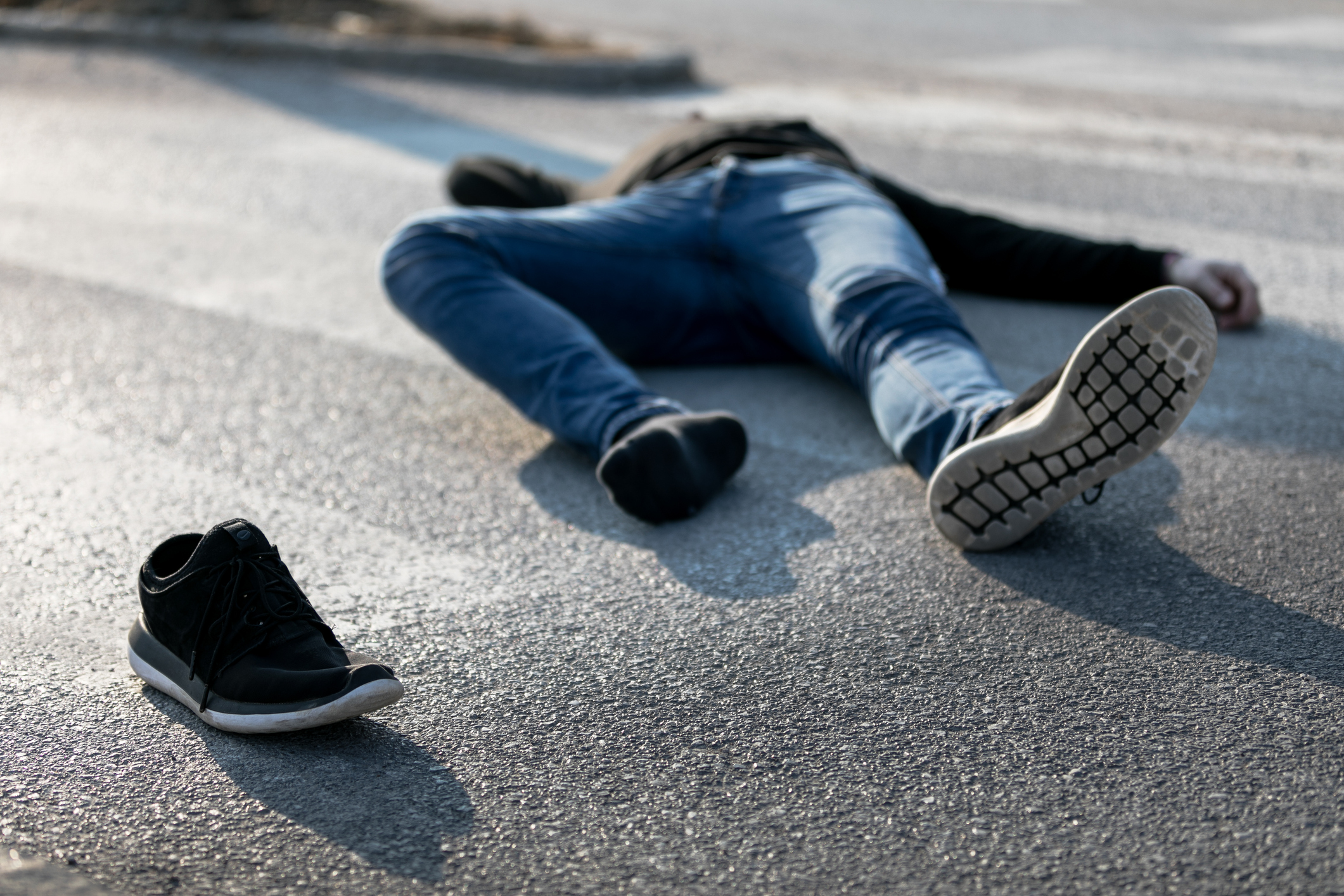Who Is at Fault for a Pedestrian Accident?
You’ve probably heard that pedestrians always have the right of way, but this isn’t necessarily true. South Carolina’s Code of Laws states that drivers must “exercise due care” to avoid collisions and yield when a pedestrian is in a crosswalk. However, pedestrians also have specific duties to avoid causing an accident, including obeying crosswalk signals and walking on a sidewalk as long as one is present. A serious accident can occur if either party fails to uphold these duties or is not paying attention to their surroundings.
Whether you were the pedestrian or the driver involved in the accident, Schiller & Hamilton Law Firm is here to help victims of pedestrian accidents recover compensation for their injuries and other damages.
How Is Liability Determined in Pedestrian Accidents?
When a pedestrian accident occurs, liability must be assigned to one or both parties. When officers arrive at the accident scene, they may issue a citation to the pedestrian or the driver. While the police report is one piece of evidence considered, the police aren’t those who determine liability. Instead, it is the insurance companies.
The insurance company will examine all the evidence, including the police report and the parties’ after-accident statements. Traffic cameras may have caught the accident, and witnesses may have been able to provide more information on who was at fault. Once the insurance companies determine what happened, they assign a percentage of fault to each party. For example, the driver may be assigned 75 percent of the fault, while the pedestrian is assigned 25 percent.
How Modified Comparative Negligence Affects Whether You Can Sue for Damages
South Carolina follows the modified comparative negligence rule, which means that an accident victim can sue the other party for damages even if the victim was partially at fault. However, the law says that the plaintiff must share less than half of the fault to recover any damages, and any compensation the plaintiff is awarded will be reduced by their fault share. Consider the following example:
After a pedestrian accident, the insurance company decides the pedestrian is 20 percent at fault and the driver is 80 percent at fault. The pedestrian sued the driver for $50,000 in damages and won. Because the pedestrian was 20 percent at fault, the damages are reduced by this percentage, so the pedestrian only actually gets $40,000 in their claim.
Because the majority of accident claims are settled out of court, it’s critical to have experienced legal representation through every part of the process. An attorney can help you determine a fair amount for your damages and factor in whether your award will be reduced because of partial fault.
Main Elements of a Pedestrian Accident Claim
Pedestrian accident lawsuits fall under personal injury law, which means there are four main pillars the plaintiff must prove as part of their case to win:
- The defendant had a duty of care to the plaintiff. Both pedestrians and drivers have the responsibility to follow the rules of the road and the laws of the state to do everything they can to prevent an accident from happening
- The defendant breached the duty of care. The plaintiff needs to prove that the defendant was negligent and that negligence contributed to the accident
- The plaintiff was injured. For a personal injury claim to be valid, the plaintiff needs to have suffered some damage. These are usually financial, such as incurring medical bills, but noneconomic damages, such as pain and suffering, can also apply
- The plaintiff’s injuries were caused by the defendant’s actions. This is the most crucial part of the case. The plaintiff must successfully argue that it is more likely than not that the defendant’s negligence caused the plaintiff’s injuries
How your legal team will prove each of these elements depends on the unique circumstances of your case and the evidence. Our attorneys are here to explain each step of a personal injury suit and ensure you understand your rights and options as the victim of a pedestrian accident.
Understanding Damages and Compensation
One of the most challenging parts of filing a personal injury claim is determining how much your injuries and suffering are worth. There is no way to put a monetary value on your health, financial stability, and quality of life, but the court requires that plaintiffs sue for a specific amount. When determining how much to ask for in your claim, your attorney will look at your economic and noneconomic damages.
Economic damages are the most straightforward to calculate because they are financial. This includes any medical bills already incurred, the anticipated cost of future medical care, lost income, and lost earning potential. Noneconomic damages are the intangible pieces, such as diminished quality of life and pain and suffering. In general, the more serious the accident and injuries, the more your claim is worth. Catastrophic injuries usually result in higher medical bills and a more significant effect on the victim’s daily life.
A pedestrian accident can leave you with life-changing injuries, massive medical bills, and financial strain, but you have the legal right to pursue compensation for those damages against the at-fault party through the South Carolina legal system. When you work with Schiller & Hamilton Law Firm, you will actually get to meet your attorney and develop a relationship with them as they work on your case. If you have been injured in a pedestrian accident, call 803-902-4583 to schedule a free consultation to get started.


